Top Radiator Hose Hot Bottom Cold [Reasons + Fixes!]
When the radiator hose is hot on top and cold on the bottom, then this hints at a problem with the cooling system.
Multiple factors can trigger such a situation:
- Malfunctioning radiator components
- Cooling system leakage
- Insufficient coolant amount
- Sensor troubles
To fix this, first, you will need to figure out the primary reasons and then take proper steps to resolve the issue.
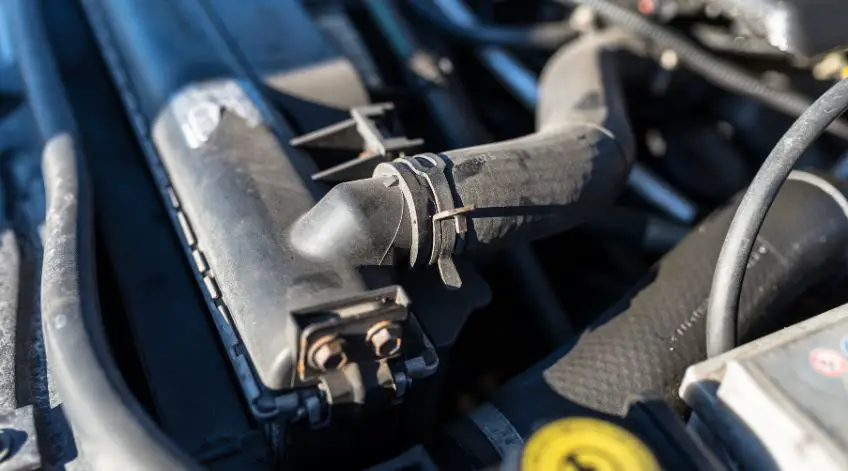
Troubleshooting top radiator hose hot bottom cold problems
Here are some potential reasons that you should check out:
1. Faulty or Malfunctioning Thermostat
The thermostat is a key component of a radiator and works to regulate the coolant flow based on engine temperature for the entire cooling system.
So, if it’s compromised, then there will be issues with the radiator and the cooling system.
The thermostat works by remaining closed when the engine is cold which prevents the coolant from circulating through the radiator. It opens up when the engine has started to warm up.
But if the thermostat fails to stay closed the upper radiator hose that is connected to the thermostat will become hot as it is getting exposed to heated coolant from the engine.
On the other hand, the lower radiator hose that is carrying the cooled coolant will remain cold as there is no hot coolant flowing through it.
Usually, this happens due to the thermostat being stuck or damaged in a way it won’t function properly.
How to Fix This
To fix the issues with the thermostat, repairs usually won’t take care of the problem unless the thermostat was stuck due to some object blocking its movement.
Therefore, most of the time, you will have to opt for replacement if the thermostat is the reason for the radiator hose being hot on top and cold on the bottom.
To replace the thermostat, first, you will have to drain the coolant from the system completely. Then the thermostat housing needs to be removed.
Afterward, you should install the new thermostat and refill the cooling system with fresh coolant.
Related: Radiator Keeps Pushing Water Out
2. Facing Coolant Blockage
Another common reason for the regulator hose being hot on top and cold on the bottom is coolant blockage.
As time passes, debris and deposits can occur all over the cooling system which will eventually create blockages. They can appear in the radiator hoses, and heater core and restrict the flow of coolant in those locations.
Therefore, if you are facing coolant blockage on the upper portion of your radiator hose, then that part will be heated due to the fact that it isn’t getting any decent amount of coolant to dispense the heat.
But the lower portion where there is no blockage and the coolant is roaming freely, will be cold as there is no heat to deal with in the first place.
How to Fix This
Flushing the entire cooling system is the only solution to this problem. Flushing will not only be beneficial for your radiator hose but also for the other components of the cooling system as well.
To flush, first, you will have to drain out the existing coolant and disconnect the hoses. Then you will have to use a flushing solution that will clean the radiator, heater core, and hoses.
You can also opt for flushing machines, but they are quite expensive. If you want to use a flushing machine, then it is better to seek the help of a professional mechanic instead.
Once the flushing is complete and you have successfully got rid of the blockage, just refill the coolant and your car should be out of danger.
Related: Radiator Drain Plug Leaking
3. Trapped Air or Air Pockets
When air enters the cooling system, it can easily disrupt the flow of coolant and prevent it from circulating.
If that happens, then coolant won’t be flowing in the parts where there is an air pocket. So, that part of the cooling system becomes vulnerable and gets easily heated.
Air, by nature, tends to rise to the highest point. And when the air is at the radiator hose, it will eventually make its place on the very top.
When that happens, you will find the top portion of the radiator hose becoming hot due to not getting enough coolant while the rest remain cold.
How to Fix This
To get rid of the air pockets on your cooling system, you will need to go for the ‘bleeding’ or ‘burping’ method.
The methodology for this is simple, you will open up a valve on your cooling system while the engine is active which will ensure that the air escapes.
While it may sound easy, you will need to be very precise to ensure that the trapped air escapes without any remainders and no other air pockets get created while you open the valve.
To do this, first, open up the radiator cap or the marked bleeding valve of your vehicle. Manufacturers usually point out which valves serve as the bleeding valve.
Then turn on the engine and stay by the bleeding valve to ensure the air evacuation.
Afterward, check the coolant level of your vehicle, you may have to add a bit of coolant if the air was occupying a significant amount of space.
4. Water Pump Failure
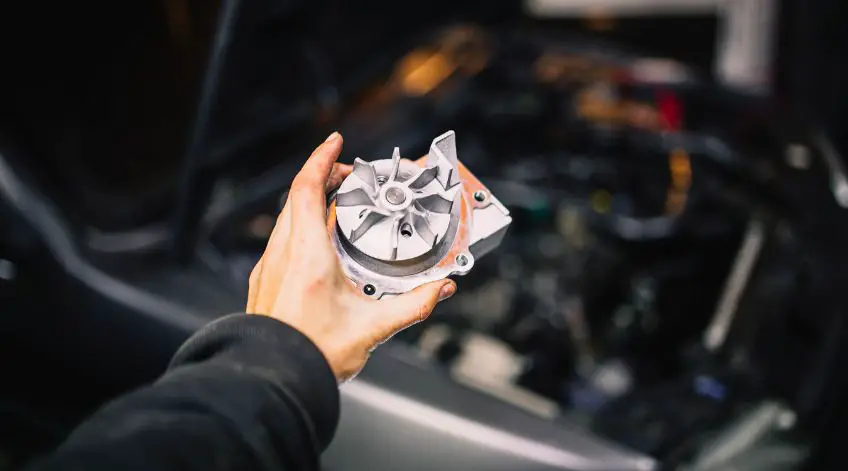
The water pump’s primary role is to circulate coolant throughout the engine.
It comes with an impeller that circles to create the necessary rotation for the coolant to flow.
When the water pump fails to do that due to any obstruction or damage, there will be insufficient coolant flow in the system.
Generally, when that happens, the upper portions of the cooling system don’t get the necessary amount of coolant.
This then results in temperature variations on the top of the radiator hose and the bottom.
How to Fix This
If the water pump is the reason behind this issue, then the only solution that you should opt for is to replace the pump completely.
Yes, you can fix the impeller but most of the time, it will become faulty pretty soon. And if the impeller has a starter fails, then the other components may follow as well.
The replacement process is the same for other components of the cooling system. First, you drain the coolant, then make the necessary changes and installation, and then refill the coolant.
Read also: Why Is My Radiator Smoking?
5. Leaks in the Cooling System
If there is a leak in the cooling system then the coolant circulation will be irregular and most of the time will only provide an adequate amount for the bottom half of the radiator.
When this is the case, the top of the radiator hose won’t have enough coolant to cool off leading to be highly heated on top but cold on the bottom.
These leaks can occur directly on the radiator hose as well.
How to Fix This
You will need to identify the leak and then take action. The steps will vary from one component to the other. Most of the time you will have to opt for replacement.
If the radiator hose is the only part that is showing signs of temperature irregularity and the leaks are only there, then replacing the radiator hose may take care of your issue.
Finding leaks in the system can be quite difficult, so if you are having problems, you should seek out a professional, who has the tools and the experience to find out the issue.
6. Not Enough Coolant
If there isn’t enough amount of coolant to begin with then there will be temperature issues on the vehicle.
Insufficient coolant means unoptimized coolant circulation. Due to that, the radiator hose may not be getting the right amount it needs to balance the temperature.
Therefore, you are ending up with high heat on top of the hose and low heat at the bottom.
How to Fix This
Just refill the system with a proper amount of coolant. To find out the coolant level, you will need to check the coolant reservoir.
It is generally located around the radiator. But the positioning can vary depending on your vehicle and engine model.
Once you find the reservoir, see if the meter is at max or min. If you filled the system properly, the marker should be on max.
Read also: Oil In Radiator – Cause, Symptoms And How To Fix
7. Temperature Sensor Malfunction
When the temperature sensor isn’t able to send proper data to the system ECU, the control unit won’t be able to provide proper cooling responses.
So, the ECU may not turn on the cooling fan or signal the thermostat to open on time.
If this issue occurs then the radiator hose will most likely become hot on top and cold on bottom.
How to Fix This
Sensor replacement is the only solution in this case. You can find the faulty sensors and then replace them with new ones.
But it is quite difficult to do so and if you don’t have previous experience then we recommend you leave this job to a mechanic.
FAQs
1. Will fixing the issue with the radiator hose improve my vehicle’s fuel efficiency?
Yes, resolving cooling system problems can improve fuel efficiency.
2. Can a radiator hose that is hot on top and cold on the bottom cause the heater to blow cold air?
Yes, if the coolant is not flowing correctly, it can impact the heating system’s performance and result in blowing cold air.
3. Can a radiator hose with uneven temperatures be caused by a damaged or collapsed hose?
Yes, a damaged or collapsed radiator hose can lead to temperature variations.

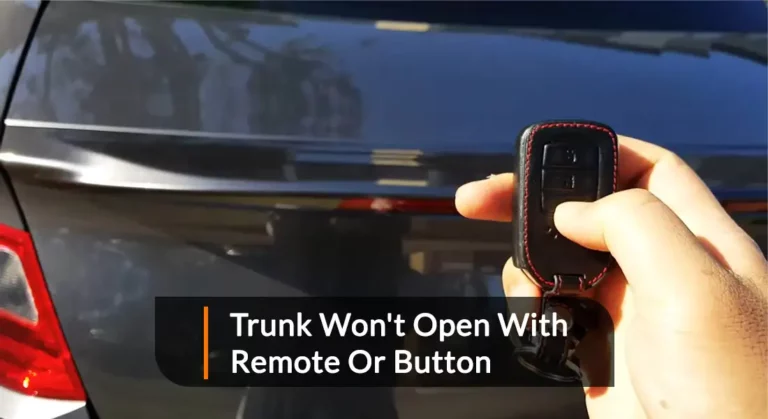
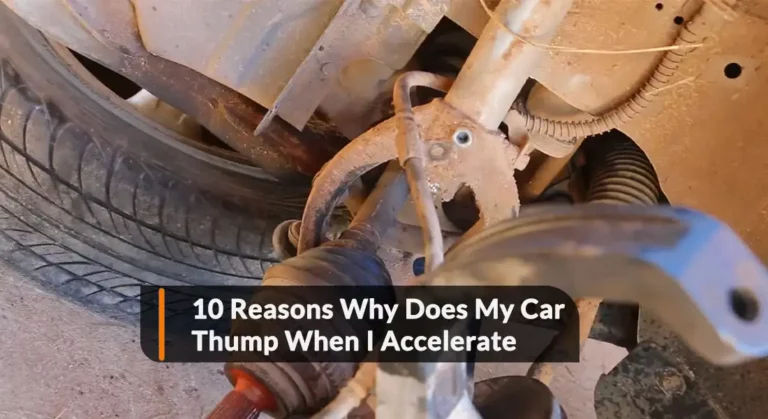
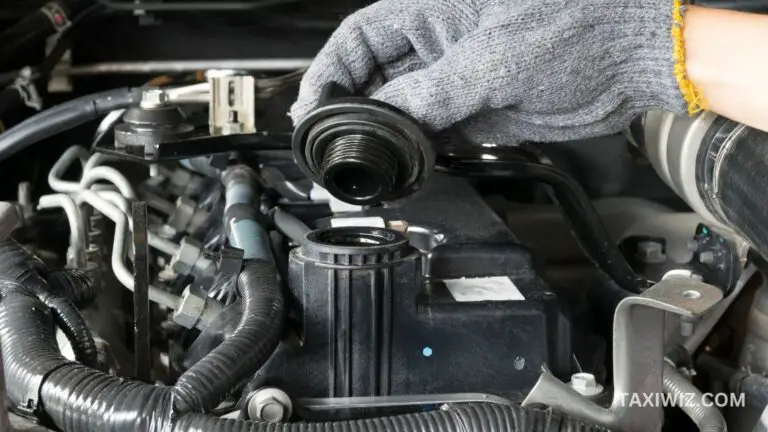
![Cylinder 2 Misfire After Spark Plug Change –[Causes & Fixes]](https://taxiwiz.com/wp-content/uploads/2023/07/Cylinder-2-Misfire-After-Spark-Plug-Change-768x432.jpg)
![Serpentine Belt Noise When Accelerating – [Try This Easy Fix!]](https://taxiwiz.com/wp-content/uploads/2023/08/Serpentine-Belt-Noise-When-Accelerating-problems-768x426.jpg)